Africa is the least studied region of world by me. Known for poverty and civil wars, I though that is nothing interesting there, until recently… Africa does have interesting architecture that worth studying!
In my opinion, most beautiful city is Luanda, many modern housing complexes built after 2000, impressive for this continent. The biggest housing complex, Kilamba New Town was built in 2007-2012 by Chinese developers and cover 8.8 sq km, it comprise about 750 blocks with only 3 apartment types: 3-bedroom (90-100 sqm?), 4-bedroom (120 sqm), 5-bedroom (150 sqm). Read more on housingfinanceafrica.org See floor plans. For years it was a ghost city with slow selling apartments due to high prices and difficult mortgages.
Nova Vida, Angola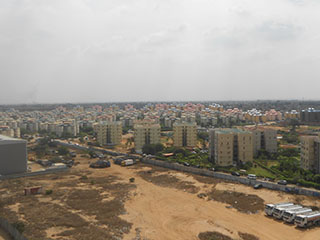
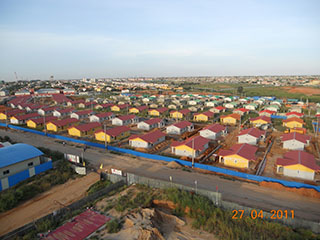
See more photos on Panoramio (user lillinka006)
Ugliest city is Cairo, being dominated by apartment buildings with high land coverage, adjoining each other, no space between buildings, many rooms ventilated through small airwells, built individually and not by major developers, they vary in heights and are often gray and not painted, damaging city skyline. The suburbs of Cairo feature regulated street network and spaced-apart buildings, but there is just few meters between buildings, which are same gray and colorless. Parks are scarce, together with having one of the worst traffic jams in the world, Cairo is among most polluted cities in the world.
There may be worse cities in Africa, especially small cities, with no paved roads at all, but Cairo ugliness is a disgrace for a country that is not really a low income country.
New Urban Communities Authority, established in 1979 and affiliated to the Ministry of Housing, has developed dozens planned New Towns around Cairo, including a new capital under construction since 2015, yet to be named, located 40 km east to Cairo, it will cover 700 sq km and will house 5 million people (similar size and population like Singapore). It is planned as a modern city with 25 residential districts, a presidential palace 8 times bigger than US White House, a theme park bigger than Disneyland, and skyscrapers, including Iconic Tower completed in 2024 with 394 meters and 79 floors, being the tallest building in Africa.
Cairo central vs Cairo suburbs. Ugly gray buildings everywhere!
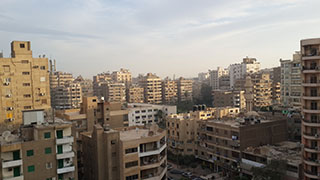
New Cairo (black, built since 2000) and New Administrative Capital (colored, built since 2015)
While Cairo is ugly, you can see on the International Coastal Road, on the 500 km stretch between Port Said – Alexandria – Marsa Matruh, numerous luxury residential complexes averaging 0.5 – 1 square km each, featuring pools and golf courses, some complexes built in middle of desert, as seen in below map.
Botswana is one of the fastest-growing economies in the world. Gaborone transformed from a poor city into a well-planned city with landed housing complexes.
Zimbabwe and South Africa have also beautiful planned cities but the economies are not doing well.
Nigeria moved its capital to Abuja in 1991, a well-planned city built starting from 1980s. During 2010s works started for a new planned city: Eko Atlantic, which will be built on 10 square km of reclaimed land. A bit unrealistic and too opulent project for such a poor country where just few kilometers away lies Makoko slum built over water.
Google Streetview was launched in Lagos state on 27 June 2017, showing how this country actually looks like. There are some nice houses on Lekki owned by Nigerian millionaires, while the rest of Lagos city is dominated by poverty. Many roads are unpaved and the sewage a channel is on roadside, in front of houses. Trash exist everywhere. I cannot imagine the smell for those living there.
Rondavel, traditional round hut built with local materials, common in South Africa, Lesotho (where the hut is also known as a mokhoro), Swaziland, Botswana, and others.
Tripoli does have a large amount of apartment buildings, 4, 8 and 10 storeys, identical buildings with large spaces between them… are they public housing?
Study to be continued…
General info
The five Nordic countries (Maroc, Algeria, Tunisia, Libya, Egypt) have large amount of population housed in apartment buildings. Central and southern Africa is dominated by low-density developments landed houses often single storey.
Despite of being low-income countries, the cheap land prices made real estate developers to build houses and apartments bigger than 100 sqm (average housing size in Europe or Japan), there is demand for large homes is also because of numerous families with 4-8 children. However these legally-built homes are affordable only for upper class. When developers will start building homes affordable for working class currently living in mudbrick huts, apartment sizes are likely to get smaller.
Africa population was constant for centuries, 114 million (19.7% of world population) in year 1600, 133 million (8.1%) in year 1900 according Wikipedia. A rapid evolution occurred in second half of 20th century, rising from 221 million (8.8%) in year 1950 to 1 billion (14.8%) in year 2010. Estimated to reach 1.8 billion (20% of world) in 2050.
Nigeria is the biggest country in Africa and one of countries with fastest-growing population, rising from 38 millions in 1950 to 160 millions in 2010 and according Wikipedia population projections, will reach 400 million by 2050, becoming 3rd most populous country just above United States.
But the agricultural output will grow enough to feed so many people and avoid a major famine? Personally I am worried.
About
Page published for first time in 2015 and updated over next years with more information found by me or provided by visitors. Text written by me (Teoalida) and images taken from Wikipedia, Panoramio and other websites. Do you have useful information that worth adding? Did you found an error or have a contradictory opinion? Leave a comment!
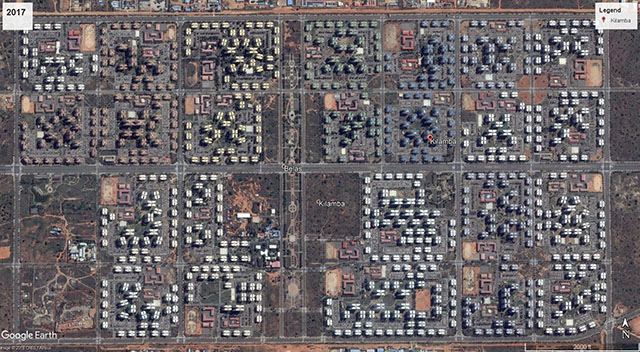
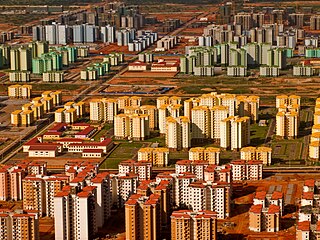


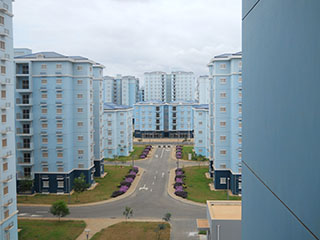



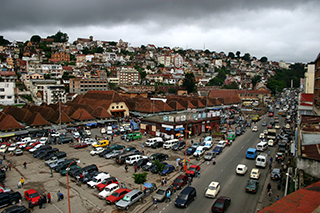
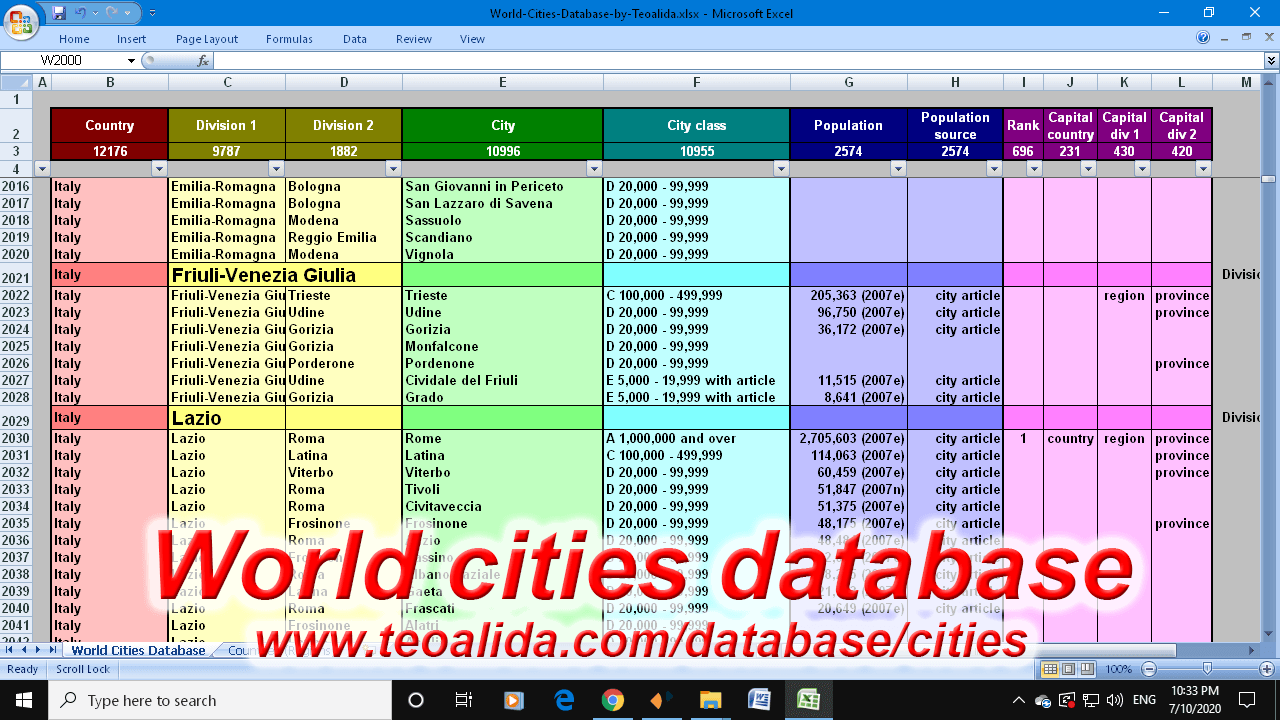
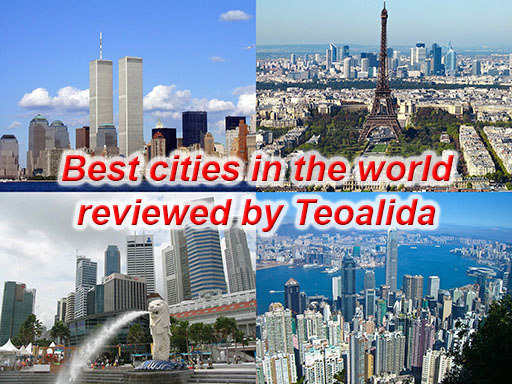
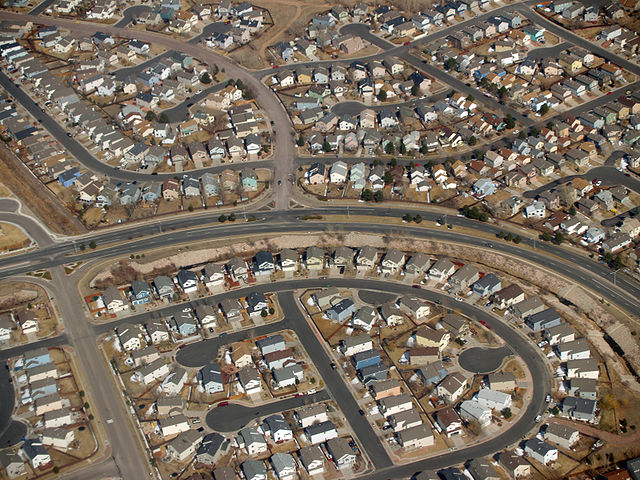
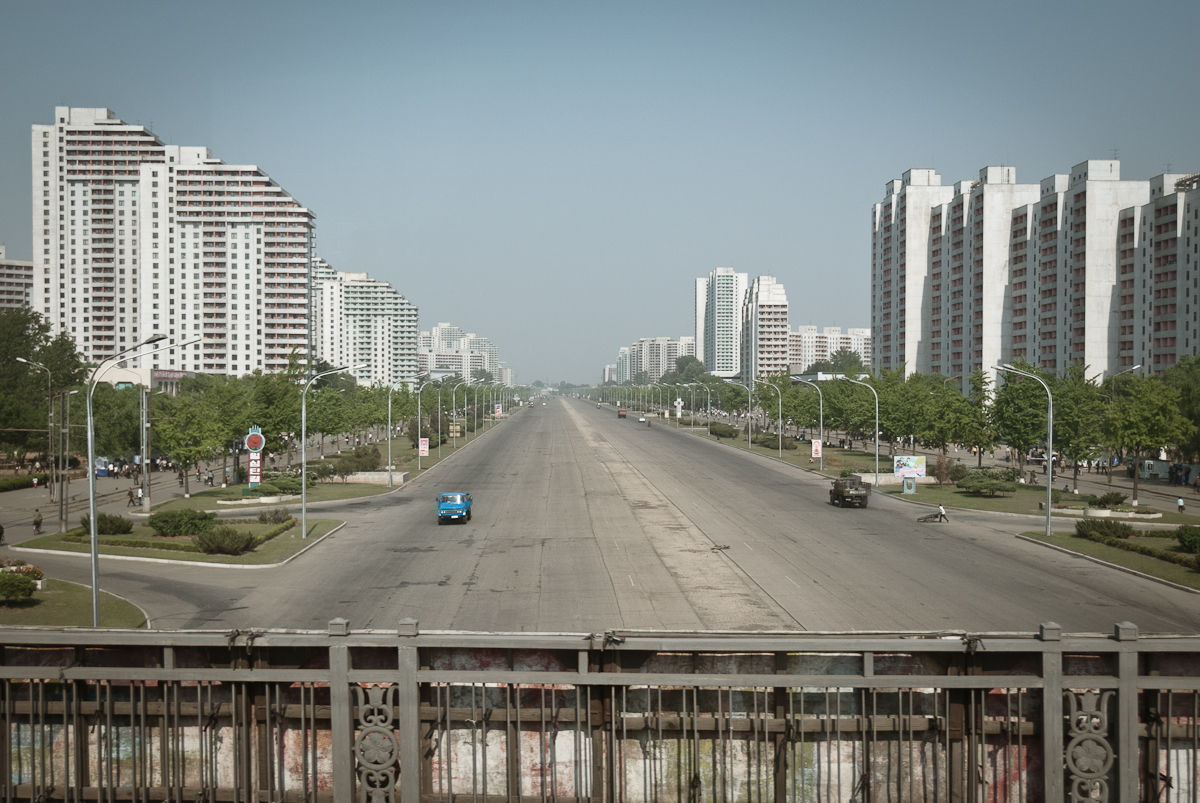
Housing for Africa will help Africa close the affordable housing gap in line with urbanisation to drive housing development in Africa.It is great content fabric I idea or even I was looking comparable this issue articles for knowledge approximately it. And I actually loved to have a have a look at plus amassed an incredible statistics approximately it.Thank you for sharing this wonderful post and information.
I am interested to know, do land values rise reliably in Africa? Can a homeowner (no matter how small the home) count on their investment increasing in value over time? Are mortgages available? Also, with many apartment buildings evident in many African cities, does the concept of co-ownership (condominium) exist in Africa? Or are these Western concepts that haven’t taken root yet in Africa?
Replying from Uganda where I live, and my home country. Uganda is the world’s most entrepreneurial country in the world; and with the youngest age structure in the world. Here, there is a growing middle class and a competitive land and property market – yes, land values rise reliably here and mostly attributed to a favourable political environment.
Co-ownership – condominium – is all too common, particularly in and around the capital Kampala and the newer cities of Masaka (South West of Kampala), Jinja (east, and source of River Nile) and Mbarara in the West of the country. I must say condominium is a relatively newer undertaking – starting out circa 25 years ago.
Mortgages have been in existence since the 1960s; and many banks – include global names like Barclays (trading here as ABSA), STANBIC and CITIBANK operate here and offer mortgages.
Hope this helps.
The Nordic countries are Denmark, Finland, Iceland, Norway and Sweden.
Morocco, Algeria, Tunisia, Libya, Egypt are North African countries.
Er wordt in de tekst gesproken over Scandinavische landen. Dat zijn enkel Noorwegen, Zweden en Finland. Denemarken en Ijsland horen hier absoluut niet bij.